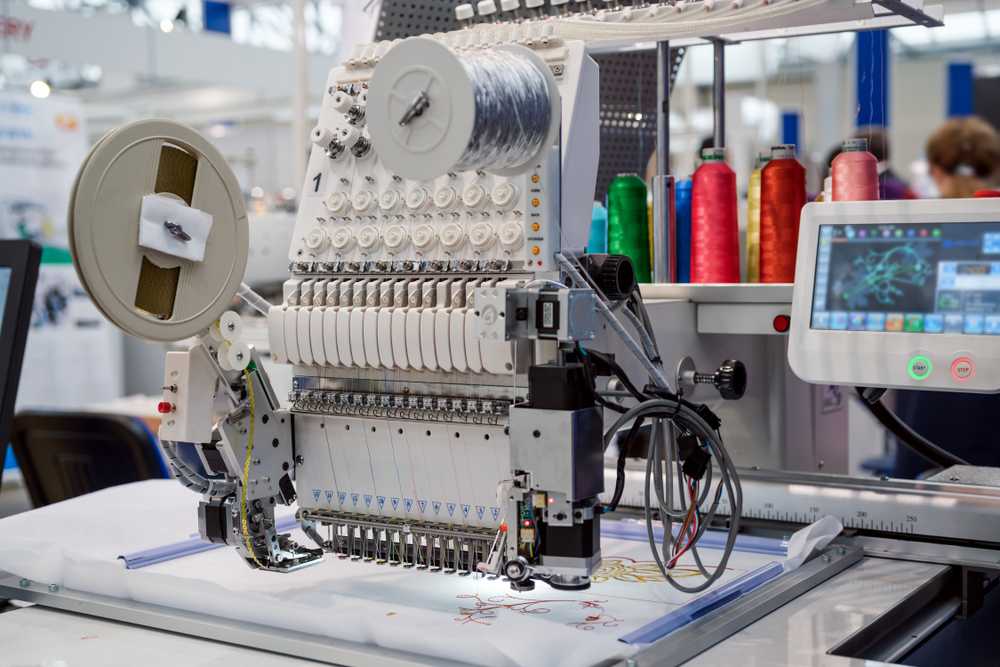The Ultimate Beginner’s Guide to Digitizing Embroidery Designs
Introduction
Embroidery has always been a timeless art form, but with the advent of modern technology, it has evolved into a craft that blends creativity with precision. Digitizing embroidery designs is the process of transforming a digital image or concept into a format that embroidery machines can interpret. This skill not only ensures impeccable stitching but also opens up endless creative opportunities for hobbyists, entrepreneurs, and designers alike.
In this guide, we’ll break down the essentials of embroidery digitization, from understanding the basics to mastering advanced techniques. Whether you’re just starting or looking to refine your skills, The Ultimate Beginner’s Guide to Digitizing Embroidery Designs has you covered.
What Is Embroidery Digitization?
At its core, embroidery digitization is the art of converting a digital image, logo, or artwork into an embroidery file format compatible with specific embroidery machines. Unlike standard image files such as JPEGs or PNGs, embroidery files contain detailed stitch instructions, including:
- Stitch type (e.g., satin, fill, or running stitches).
- Stitch density.
- Stitch path and direction.
By providing these instructions, a digitized file ensures that the embroidery machine can execute the design with precision on any fabric type.
Why Should You Learn to Digitize Embroidery Designs?
1. Creative Control
Learning to digitize gives you complete control over how your designs are rendered. Adjusting stitch types, density, and direction allows for intricate details and professional results.
2. Cost-Effective
Outsourcing digitization services can be expensive. Mastering this skill can save you money in the long run, especially for businesses requiring frequent embroidery work.
3. Enhanced Personalization
From monogrammed gifts to custom business logos, digitizing your designs offers a level of personalization unmatched by traditional methods.
Essential Tools for Digitizing Embroidery Designs
1. Embroidery Digitizing Software
The cornerstone of digitizing is reliable software. Popular options include:
- Wilcom: Known for its user-friendly interface and robust features.
- Hatch Embroidery: A great choice for beginners and experts alike.
- Embird: Affordable and versatile for home-based users.
2. A High-Quality Computer
Digitizing software often requires a computer with decent processing power and graphics capability to ensure smooth operation.
3. An Embroidery Machine
To test your digitized designs, you’ll need a compatible embroidery machine. Brands like Brother, Janome, and Bernina offer excellent options.
Steps to Digitizing Embroidery Designs
Step 1: Prepare the Design
- Choose the Right Artwork: Simple designs work best for beginners. Avoid overly intricate or detailed images.
- Clean the Image: Ensure the design has sharp lines and high resolution.
Step 2: Import into Software
Upload your image file into the digitizing software. Most programs allow for drag-and-drop functionality for convenience.
Step 3: Set Design Parameters
- Select Stitch Type: Decide whether to use satin stitches for borders, fill stitches for large areas, or running stitches for details.
- Adjust Stitch Density: Balance is key—too dense can cause puckering, and too sparse may look unprofessional.
Step 4: Plot the Stitch Path
Define the order in which stitches will be sewn. A logical sequence minimizes thread changes and enhances efficiency.
Step 5: Test the Design
Always run a test stitch on scrap fabric to identify and resolve any issues.
Tips for Mastering Digitizing Embroidery Designs
- Start Small
Begin with simple designs to understand the basics before moving on to complex projects. - Understand Fabric Types
Different fabrics require specific adjustments. For example:
- Lightweight Fabrics: Use low-density stitches to prevent puckering.
- Heavier Fabrics: Higher density stitches work well for durability.
- Experiment with Stitch Types
Play around with satin, fill, and running stitches to achieve the desired texture and depth. - Use Reference Guides
Many software programs come with built-in tutorials and guides. Take advantage of these resources to learn new techniques. - Stay Updated
Embroidery technology is constantly evolving. Stay informed about software updates and industry trends to refine your skills.
Common Mistakes to Avoid
- Overcomplicating Designs
Beginners often try to digitize overly detailed designs. Simplify wherever possible. - Ignoring Stitch Density
Improper stitch density can lead to uneven embroidery or fabric damage. - Skipping Test Runs
Always test your digitized designs to catch errors before committing to the final product.
Benefits of Digitizing Embroidery Designs
- Precision: Digitization ensures exact replication of designs, down to the smallest detail.
- Efficiency: Automated processes save time and effort compared to manual stitching.
- Scalability: Digitized designs can easily be resized without losing quality.
Frequently Asked Questions
What is the best software for beginners?
Hatch Embroidery is an excellent choice for beginners due to its intuitive interface and extensive tutorials.
How long does it take to learn digitizing?
The learning curve varies, but most beginners can create basic designs within a few weeks of consistent practice.
Can I digitize any design?
Almost any design can be digitized, but complex images may require simplification for better results.
Conclusion
Embarking on the journey of digitizing embroidery designs can seem daunting at first, but with the right tools, techniques, and practice, it becomes an enjoyable and rewarding skill. By mastering this craft, you can bring your creative visions to life with precision and professionalism. Whether you’re working with a digitized logo or crafting intricate designs, the potential for creativity and perfection is limitless.
Whether you’re customizing gifts, branding your business, or diving into embroidery as a hobby, digitization unlocks endless possibilities. So, grab your tools, unleash your creativity, and transform your fabric projects today with the magic of a perfectly digitized logo at your fingertips.
Let The Ultimate Beginner’s Guide to Digitizing Embroidery Designs be your first step toward mastering this transformative art form.














Post Comment